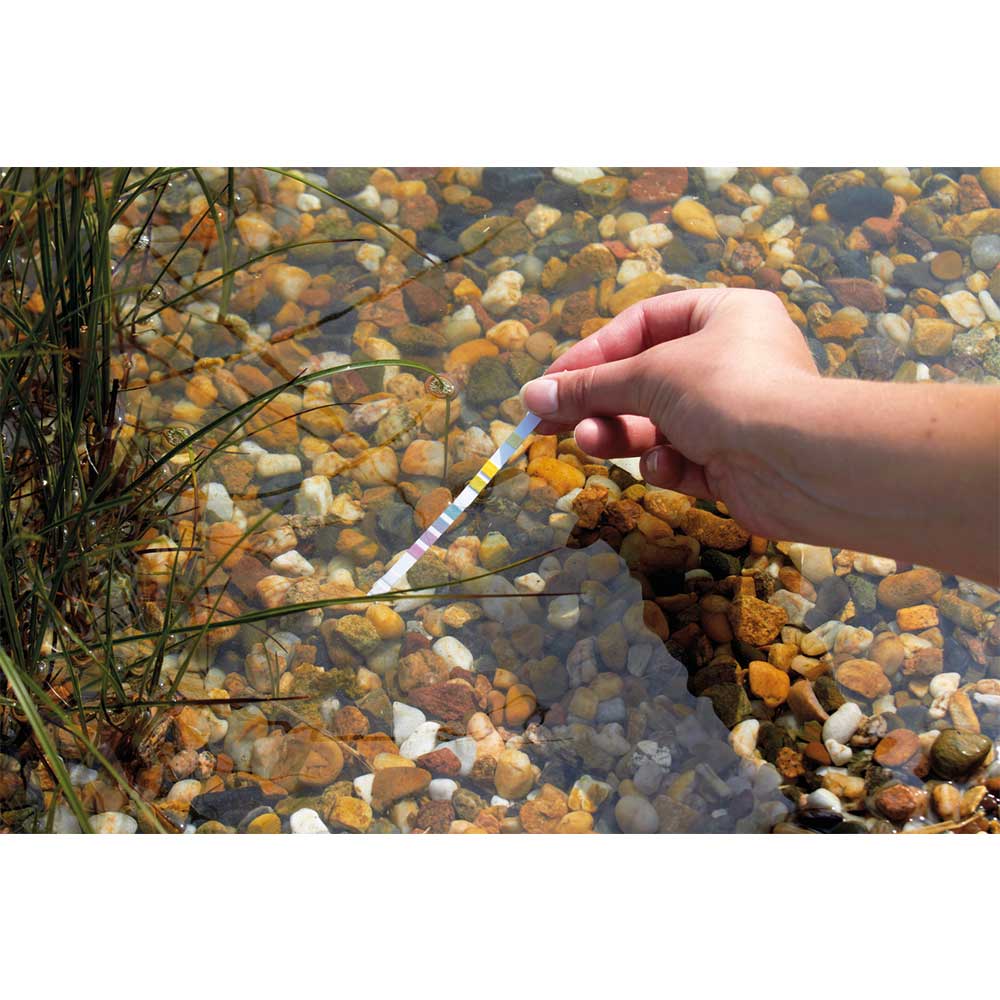21st Nov 2019
pH is the scientific term used to describe how acidic or alkaline a solution is. Low pH indicates the solution is acidic and higher pHs are alkali. At pH 7 a liquid is neither acid nor alkali and is referred to as neutral.The pH scale is logarithmic, which means that there is x10 change in the acidity or alkalinity for each change of 1 unit of pH. So, pH6 is ten times more acidic than pH7, and pH5 is one hundred times more acidic than pH7.
The ideal pH of pond water should be between pH7 to pH8 (slightly alkaline), but pH6.5 to pH8.5 is acceptable. In a pond with a pH outside this range, or if there is a sudden change in the pH, the fish’s health will begin to deteriorate.A low pH measurement of the pond water could indicate that there is a build up of debris in the pond or filter, or that there is a build up of carbonic acid resulting from carbon dioxide, produced by plants and animals, which has dissolved in the water. Cleaning the pond and filter and increasing aeration should gradually raise the pH back to a safe level. Low pH is much more common in ponds with soft water.A pond with a high pH reading is almost always caused from lime leaching from concrete into the pond. Any mortar around the pond should be sealed with G4 to prevent rainwater from washing this lime into the pond.There are treatments called buffers, which can be added to the pond water to adjust the pH back towards pH7. Separate remedies are available for acid ponds and alkaline ponds. These treatments may only act as a temporary measure. It is important to find the source of the pH change and rectify the problem.Also, a pond’s pH can fluctuate throughout the day. These fluctuations are normally due to the alternating respiratory actions of plants, releasing CO2 during the night and lowering the pH, then absorbing it back through the day, raising the pH. It is recommended that the pH is measured in the early morning and again at night. A difference of pH0.5 between readings can cause problems to pond fish, pond bacteria and wildlife and action should be taken. Algae blooms are normally the prime candidate, but excess planting may need removing.


